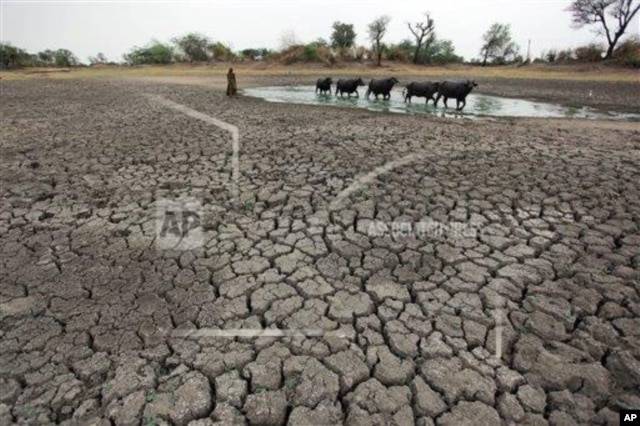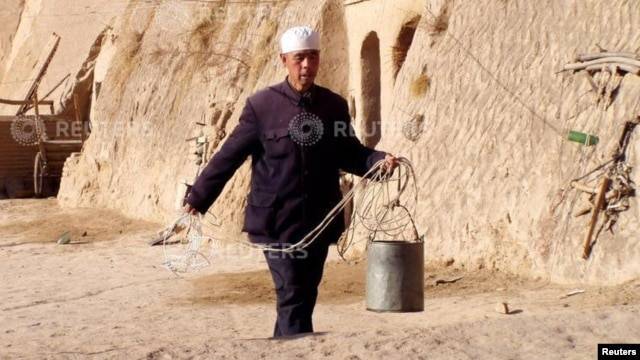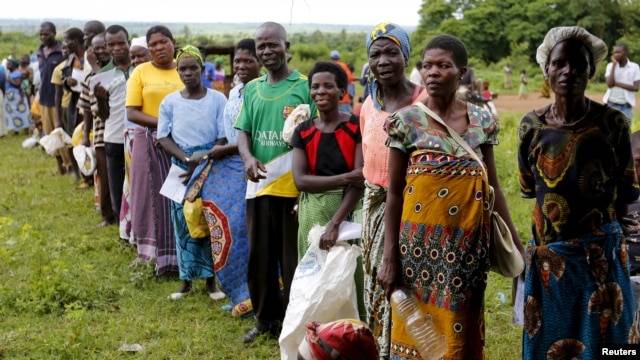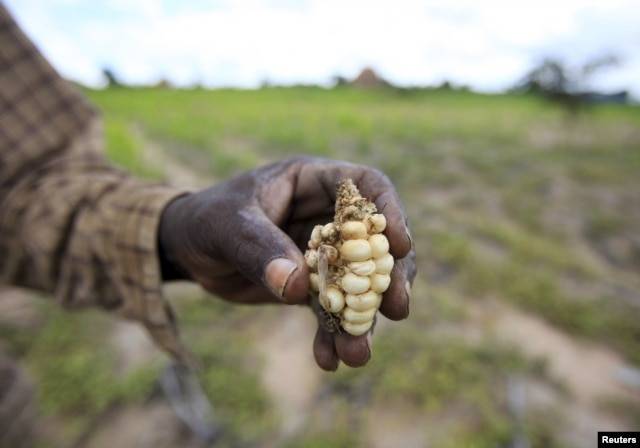All Earth's water, liquid fresh water, and water in lakes and rivers.
All Earth's water in a bubble.

"This drawing shows blue spheres representing relative amounts of Earth's water in comparison to the size of the Earth. Are you surprised that these water spheres look so small? They are only small in relation to the size of the Earth. This image attempts to show three dimensions, so each sphere represents "volume." The volume of the largest sphere, representing all water on, in, and above the Earth, would be about 332,500,000 cubic miles (mi3) (1,386,000,000 cubic kilometers (km3)), and be about 860 miles (about 1,385 kilometers) in diameter."
Source: How much water is there on Earth, from the USGS Water Science School
All Earth's water in a bubble.
"This drawing shows blue spheres representing relative amounts of Earth's water in comparison to the size of the Earth. Are you surprised that these water spheres look so small? They are only small in relation to the size of the Earth. This image attempts to show three dimensions, so each sphere represents "volume." The volume of the largest sphere, representing all water on, in, and above the Earth, would be about 332,500,000 cubic miles (mi3) (1,386,000,000 cubic kilometers (km3)), and be about 860 miles (about 1,385 kilometers) in diameter."
Source: How much water is there on Earth, from the USGS Water Science School





